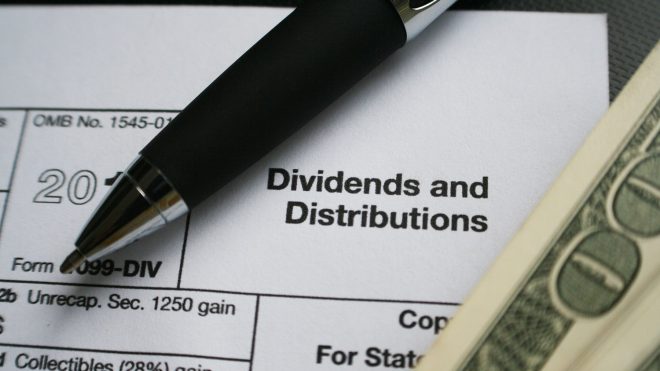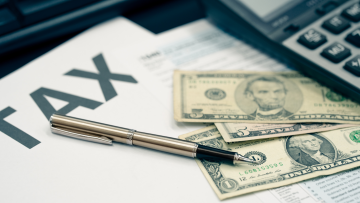Those enjoying their retirement may not be earning income from an employer anymore, but they can still earn a substantial amount of income from investments, Social Security, or even contract work. All of these types of income will be reflected in 1099 forms.
These forms come in several variations such as 1099-DIV, 1099-MISC, and many more. The commonality among all of these different forms is that they all report some sort of income that you gained during the previous year. Today, we will discuss how comparing these forms year by year can help you tease out key insights for how you can avoid overpaying on your taxes, and instead start putting more money into your retirement fund!
1099-DIV
This particular 1099 form will be the most helpful in determining possible tax savings from year to year. To be clear, you may receive more than a single 1099-DIV form for the 2017 tax year. This is due to the fact that you may have multiple investments that you have received distributions from during a calendar year.
All of these different 1099-DIV forms must be filed on your annual tax form. Dividends from income earned on these investments may or may not be subject to exemption. Qualified dividends are those that allow you to receive such exemptions since they have already met certain criteria that enable them to be taxed at a lower tax rate.
Qualified Dividends
First, you will want to closely examine boxes 1a and 1b on your 1099-DIV form. Box 1a will tell you the complete total of dividends that you received while box 1b will tell you how much of that total qualifies to be taxed at a lower rate. In an ideal situation, all of your dividends will qualify.
At this point, your exact tax savings will depend upon your individual income tax bracket. The higher your bracket, the higher your tax rate. However, even these higher tax rates possess an advantage over nonqualified dividends since they are not taxed nearly as heavily.
By assessing the difference between boxes 1a and 1b, you can identify whether this balance is favorable or unfavorable. In the case of unfavorable, Christine Benz of Morningstar suggests that you take a look at asset location. Benz states, “If you’re holding securities kicking off nonqualified dividends in your taxable account, could you make room that type of holding within your tax-sheltered accounts, while prioritizing qualified dividend payers for your taxable?”
The Right Balance of 1099-DIVs
In the case of 1099-DIVs, it is entirely possible to have too many as well as to have too few. A high amount of 1099-DIVs signals that a portfolio may be spread a bit thin. This could mean that it may be better if you streamline several scattered investments into fewer, more sizable, investments.
On the other hand, it is also a smart strategy to diversify your portfolio with more than a single 1099-DIV or even to add a 1099-DIV if you do not possess any already. Benz reports that lots of low-yielding safe securities have not resulted in the need for investors to receive 1099-DIVs at all since these forms are only needed when earnings are above $10. This brings into question the advantage of investing in higher-yielding cash options, which may or may not be necessary for your particular portfolio.
Contact CKS for Your Financial Advisement Needs!
All of these different rules and regulations can be a bit startling. Add in changes to taxation rates brought on by the Tax Cuts and Jobs Act of 2017, and it is downright overwhelming. Do not despair, because the financial experts at CKS Summit Group are here to help!
To schedule your personal strategy session with a retirement income planning professional from CKS, please give us a call anytime at 586-286-5820. You can also request a consultation online by clicking here.
Thank you, and we look forward to getting you the tax savings you deserve for your retirement!



